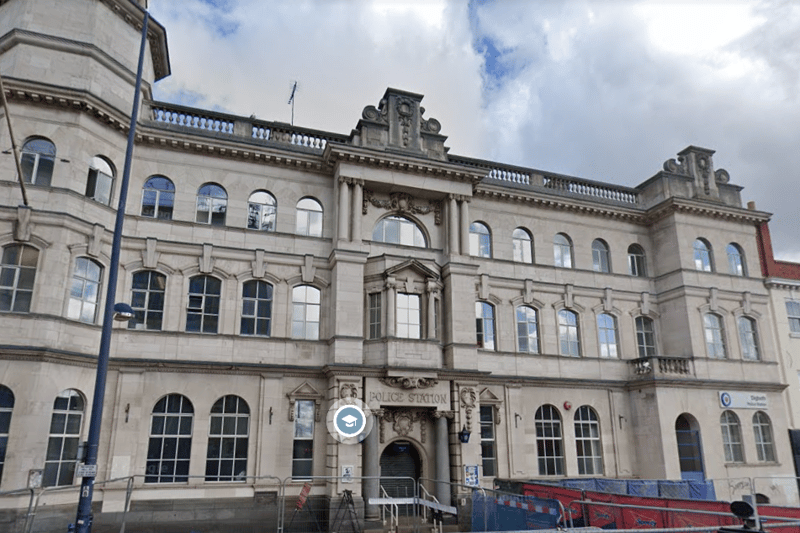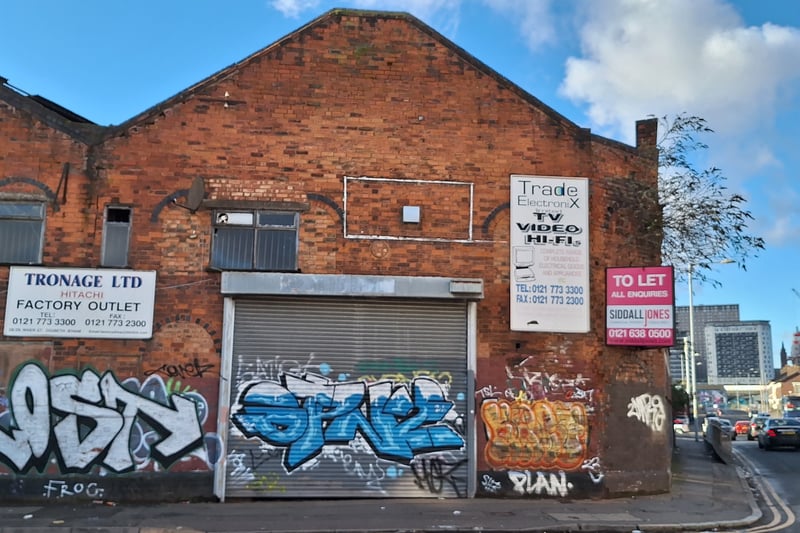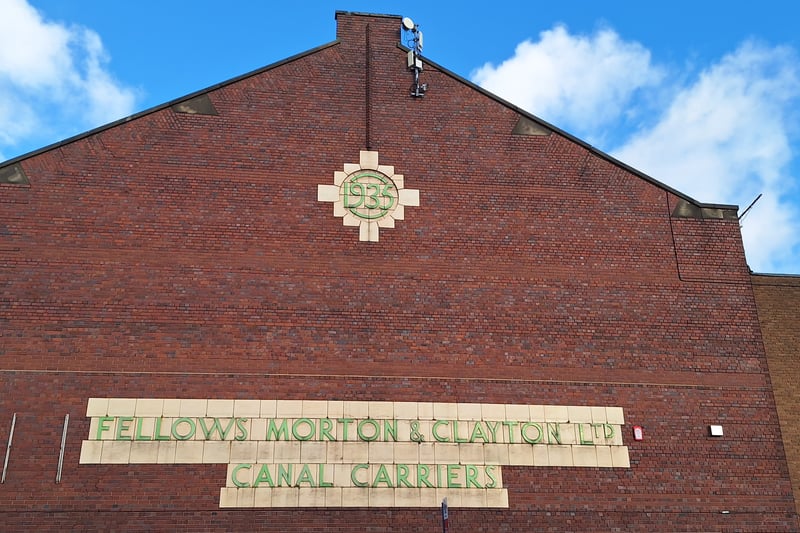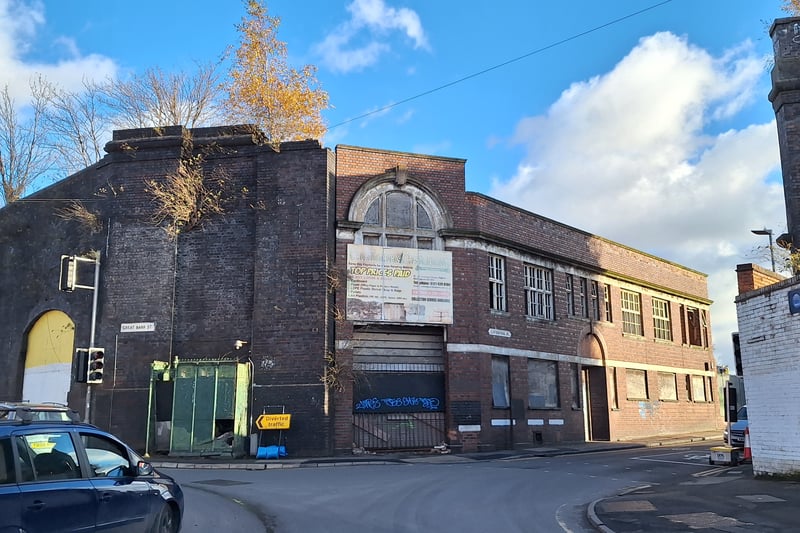Digbeth. The Custard Factory. Guinness in The Old Crown. Cocktails in Luna Springs. Mama Roux’s. The Night Owl. The Rainbow. Pizza, burger joints and eye-popping graffiti bursting with colour everywhere you look.
Earlier this year, Digbeth was named as one of the best places to live in the UK by The Sunday Times alongside the likes of Notting Hill, Leamington Spa, Oxford and Bristol. For even more ‘va-va-Brum’,” the judges said, “Digbeth, with its canals, railway arches and warehouses decorated with extravagant street art, has bounced back from the pandemic.
“The BBC is moving its Midlands operation to the former Typhoo Tea factory, while MasterChef is bringing its kitchen to an old banana warehouse. For fans of ‘competitive socialising’ (it’s the latest going-out trend, apparently), this is the number-one spot in the land.”
Birmingham City Council gave planning approval to the tea factory plans earlier this year. Then council leader Ian Ward said the plans were a catalyst for the regenration of Digbeth.
He said: “This represents a significant vote of confidence in Digbeth’s burgeoning creative quarter, and the BBC has a big role to play in Birmingham’s future success.
“With HS2, the Midland Metro extension and MasterChef on the way, our vision for Digbeth is to build on established creative businesses, attracting and encouraging new ones, while developing a vibrant urban community with entertainment, living and cultural opportunities.
“Now, we aim to use this BBC move as a catalyst for the wider regeneration and development of Digbeth as a hub for media and creativity.”
Last year, the BBC’s Good Food Guide also doffed its cap to Digbeth’s “classy bars” and top-class eateries. It’s definitely a place on the up with work ongoing to link the city centre to Digbeth via Curzon Street as part of the Metro’s Eastside Extension. There’s also a number of new apartment blocks being built while, at the rear of Digbeth coach station, the monumental £1.9 billion Smithfield development will begin to take shape across the next decade.
Earlier this year, developers highlighted Digbeth as the heart of Birmingham’s creative quarter with more than 2,000 homes earmarked as part of exciting new regeneration plans in the city. Developers Arcadis said: “Digbeth was once the industrial heart of England’s second biggest city, lying at the centre of what is now Birmingham’s buzzing Creative Quarter – the once red-brick factory walls and ever-changing urban landscape of colourful street art.
“With the popularity of the area on the rise, so too was the demand for an investable framework that would support the wider regeneration of the area. A careful balance needed to be struck between new development and preserving the existing character of this historic and creative hub.”
But what about Digbeth today? Is it all that given the amount of former factories that are no longer in operation? On a walk around ‘one of the coolest places in the UK’, we check out some of Digbeth’s stunning buildings that have been left to ruin.

1. 115 Digbeth (police station)
We’ll start at the top-end of Digbeth and the incredible police station building is to be no more due to £50m-worth of savings West Midlands Police needs to make across the next two years. The station will be sold with the police team relocated elsewhere.

2. River Street
Another derelict warehouse here which is currently being advertised to let by Siddall Jones.

3. Fellows Morton & Clayton Ltd Canal Carriers
Staying on Fazeley Street and the Fellows Morton & Clayton Ltd Canal Carriers is sitting empty – and has been since 2019. It remains one of Digbeth’s biggest and most-recognised buildings.

4. Liverpool Street
Another sad, decaying building here on the junction of Great Barr Street and Liverpool Street. This is one of the first buildings commuters will see driving into Digbeth from the east side of the city.